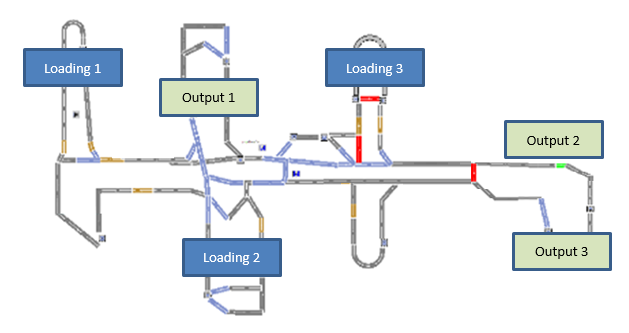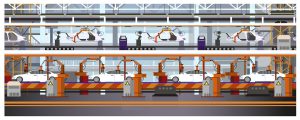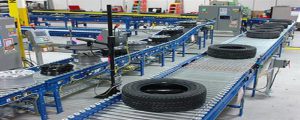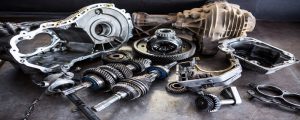Challenges Encountered
New vehicle variants introduced vast variability in body types, handling demands, and cycle times. The client required a simulation-based analysis to verify the power and free conveyor would be able to handle these variations effectively. The major challenges were:
- Verifying the feasibility of the existing system under varied loading conditions.
- Determining bottlenecks, particularly in buffer management and hanger availability.
- Evaluating interdependencies between conveyor loading and downstream shops like painting.
- Ensuring seamless transition between conveyors and process stations, especially at critical junctions such as loading and unloading stations.








